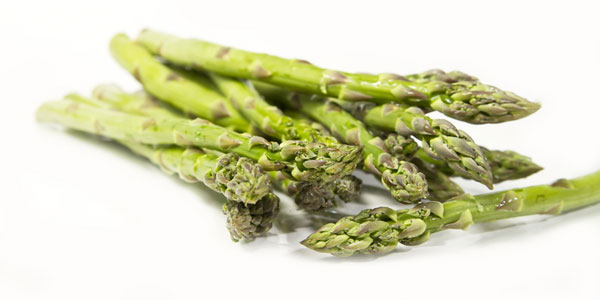
Asparagus is a lovely, good for you vegetable, but it is not the easiest to grow in your garden. Do not attempt to grow an asparagus crop unless you have a lot of patience and a lot of time. To reiterate, a lot of patience and time. Most likely, you will not be able to harvest and eat your asparagus until three years after you first plant it. So keep that it mind before you promise to bring fresh asparagus from the garden to next year’s Thanksgiving dinner.
Table of Contents:
If you aren’t scared away by the wait time, the rest of the tasks required for asparagus growership are fairly simple. It will grow fairly well in any area of the country, and once your plants are established, they can provide you with delicious produce for up to a decade or more.
Prepare the bed
It’s best to get the bed ready for your plants at least a couple months before you want to put the plants in the ground. Even better, start preparing in the fall for the next year’s spring.
You will need an area that is relatively sunny (either full or partial sun will do) and where the asparagus will not get in the way of any other plants or vice versa. You also want the area to be pretty flat and weed-free. Once you’ve found a plot that you can use, prepare the soil to make your future plants happy by adding leaves, grass or other compost to the mix. And check the soil’s pH. Asparagus grows best in soil with a pH of about 6.5. Consult an employee at your garden center for advice on what you should use to alter the pH if it is too high or to low.
Obtain your plants
When spring comes around – think late March or early April, around the time of the last frost – it’s time to get ready to plant. Think three years is a long time to wait for your crop? Then you don’t even want to know how long it will take if you start from seed – okay, at least another year. Instead, go to the garden center and ask for asparagus crowns. These are basically roots, or you can think of them as a starter kit for your plants. (If you still insist on starting with seeds, grow them inside in pots until they develop into established plants).
There isn’t much you have to worry about when choosing a variety of asparagus to buy. Pretty much the only crowns you will find for sale stateside are green asparagus. There are also white and purple asparagus plants, but they are very uncommon this side of the Atlantic.
Planting
Since your asparagus plants will be around for a while, you will want to give them adequate spacing to grow larger. Dig your holes about six inches deep and at least a foot apart from each other.
As you place each asparagus crown in its hole, be careful that the roots are not too bunched up, and cover them with two to three inches of soil. Do the same for the seedlings that you grew inside in the pots, but skip the un-bunching process as it is not needed.
Note that you do not want to completely fill in the holes right away (though you do want to make sure the crowns are covered). The plant needs a bit of room to breathe. As you water and fertilize as needed over the next several weeks gradually fill the holes further until they reach base level.
If you started with crowns, you should begin seeing your asparagus plants poking out of the ground within a week or two.
*You shouldn’t have to water your plants more than once a week, and even less frequently if you get a lot of rain.
Water and wait
Since asparagus plants are perennials, as long as you water them regularly they should grow through the spring and summer and then lie dormant in the fall and winter before returning to their former glory again. Just continue to weed the bed and fertilize the plants with compost as needed for the remainder of the first season. When the leaves and stalks of the plant die as it gets colder, leave them be in the bed to give the plants the added fertilizer.
Fertilize, trim, then water and wait
When the spring comes around again, you should see your plants come back to life. (If they don’t, you may have to start again with new seeds or crowns). Don’t get too excited though, this is not yet the time for you to harvest (though you can cut a few spears off if they grow to be a half inch thick or larger and at least three inches long). Just continue to water your plants and fertilize them and prune the plants only as needed.
Finally, the harvest
The third spring is the time to see all your hard work and patience pay off. You should see a good harvest of asparagus this year. You can pick any asparagus that reaches the size mentioned in the previous step. However, you still want to be cautious with your young plants, so decide on a three-week window and only pick during this time.
The next season and any subsequent ones, you can continuously pick your asparagus for a period of up to two months, giving you a chance to acquire dozens of spears. Before you know it you will have so much asparagus you will end up giving it away to the neighbors.
Related Posts
No related posts.